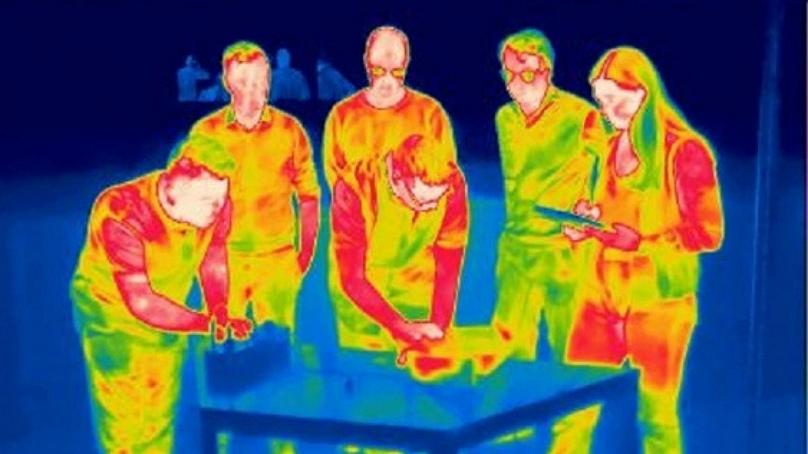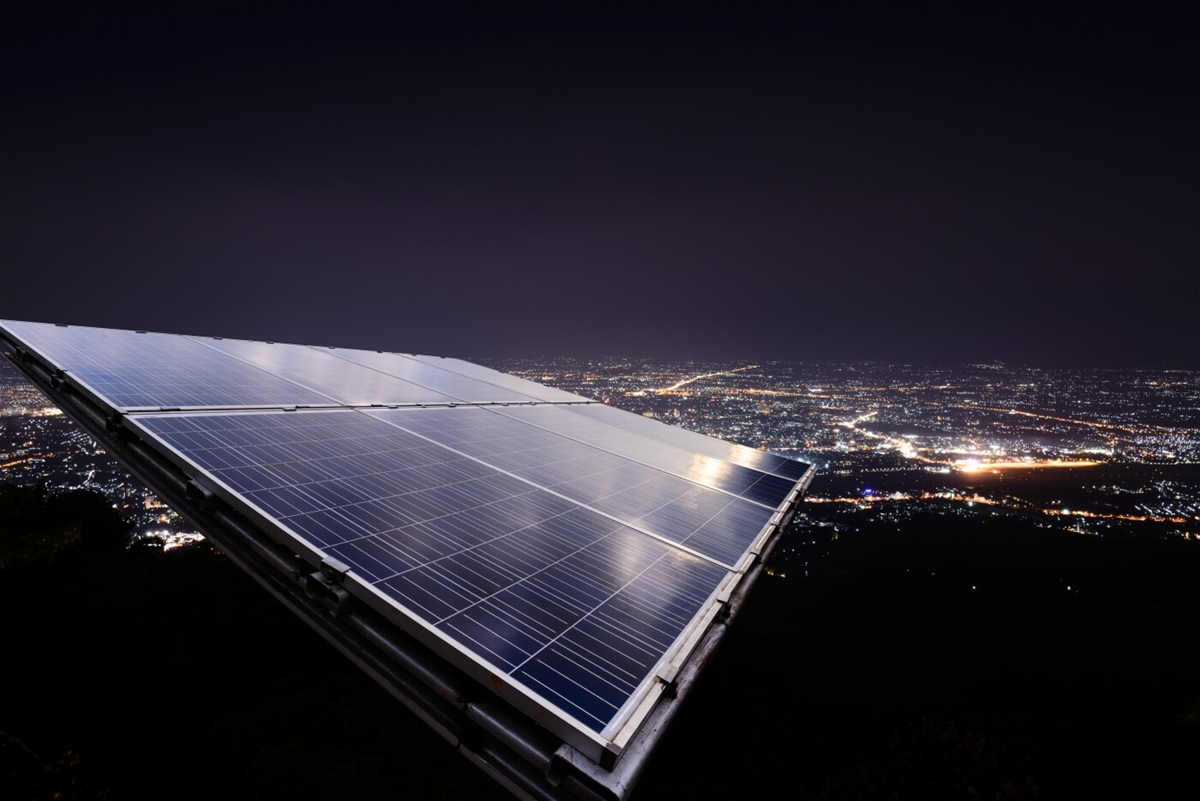While traditional technologies used in solar panels work by absorbing only sunlight to generate electricity, scientists continue to work to find new technologies that can generate electricity at night.
In a recent technology, which scientists at two universities are testing, Stanford, the US and New South Wales, Australia, the new technologies showed the possibility of generating electricity at night, by storing electricity or obtaining infrared waves, according to what was reported by the "Sia Sat Daily" scientific website.
Researchers at Stanford University in California have developed a new type of solar panel that collects and converts sunlight into electricity during the day, but is able to convert the energy emitted by radiative cooling into electricity after sunset.
Extend the life of panels
A report by the "Monte Carlo" website said that this technology can significantly extend the life of solar panels.
According to the report, this technology will make solar panels a permanent source of energy for more than 750 million people around the world who live in the dark, without any source of electricity.
Although this technology is still in its infancy, and needs development work before it can be commercially exploited, it is highly scalable.
The use of heat radiation
As for the University of New South Wales techniques, researchers have developed a device similar to night vision goggles, through which electricity can be generated from thermal radiation by means of solar panels.
And according to the scientific journal "ACS", affiliated with the Center of Excellence "Exciton Science", which published the results of American research, the world may soon be able to use enormously powerful solar energy, even in the dark, soon, especially with the great progress in the development of thermal capture technologies.
Solar radiation heats up the Earth's crust dramatically during daylight hours, but this energy is lost in the coldness of space when the sun goes down, so the researchers tested a device capable of converting infrared radiation into electrical energy.
The team, including members of the Center of Excellence, used a device to generate electricity called a 'thermal diode', which uses technology quite similar to that found in night vision technologies.
Simulation of old techniques
The scientist discovered, in the late 18th and early 19th centuries, that the efficiency of steam engines depends on the temperature difference across the engine, and the field of dynamics, now the same principles apply to solar energy, said Nicholas Eakins Dukes, associate researcher at Exciton Science's Center of Excellence.
He added, "The sun provides the hot source, and the relatively cold solar panels on the Earth's surface provide cold absorption, and this allows electricity to be produced.. However, when we think about the emission of infrared radiation from the Earth into outer space, the Earth is the relatively warm body, with the vacuum The vast expanse of very cold space."
He continued: "We usually think of emitting light as something that consumes energy, but for infrared, which makes us all glow with radiant energy, it turns out that it is possible to extract electrical energy."
He pointed out that there is not yet a “miracle” material that will make the TRD diode a reality in our daily reality, but so far, evidence has been presented that this principle can be applied, adding: “We are keen to see how much we can improve this result in the years coming".

